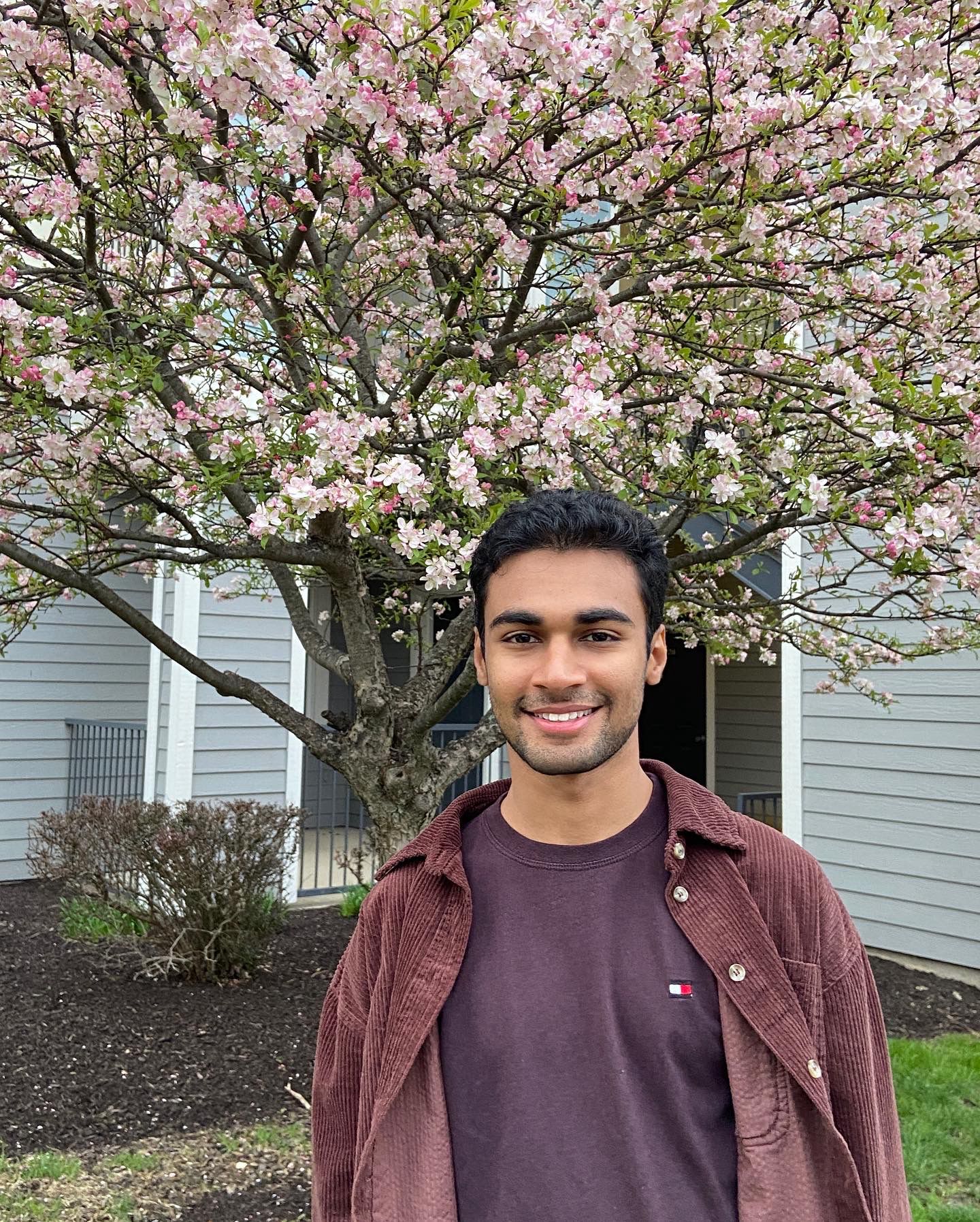What it does
This project resolves DoorDash user hesitation and choice overload by integrating friend-driven food recommendations. It helps users confidently discover new options by highlighting friends' past orders and providing a social activity feed.
Your inspiration
As a frequent DoorDash user, I noticed I always defaulted to the same restaurants despite wanting to try new food. Through user interviews, I discovered this wasn't just my problem; people consistently trusted friends' food recommendations when ordering in-person, but lacked this social context when ordering online. The disconnect between how we naturally discover food through friends in-person versus the impersonal algorithm-driven experience online inspired me to bridge this gap through design.
How it works
The concept integrates social recommendations into DoorDash through four key features. First, 'Friend's Picks' displays friend avatars on restaurant cards, showing which places your social circle orders from frequently. Second, within restaurant menus, friends' most-ordered dishes are highlighted. Third, even ingredient customization shows friends' preferences. These aim to significantly reduce choice paralysis. Additionally, the 'Food Feed' feature creates a social timeline where friends share recent orders and reviews. Users can comment on these for specific details about the meal, further assisting their decision making. Finally, offline integration captures in-person dining through QR codes on receipts or phone number linking at payment terminals. These orders sync to the app, letting users review and share meals with friends, earning DashPoints rewards. All features leverage existing social trust networks to reduce uncertainty in food discovery.
Design process
The design process began with five user interviews revealing people trust friends' food recommendations over generic reviews, but lack this social context online. This was followed by secondary research into existing work done in this domain to gather deeper insights. Initial sketching explored multiple concepts. Early Friend's Picks used scrollable friend cards, but these proved cumbersome in DoorDash's limited screen space. I refined this to simple friend avatars on restaurant cards, maintaining visual consistency. For the Food Feed, I first sketched restaurant-specific feeds showing friends' orders per venue. Concept testing revealed this added friction, so I pivoted to a general social feed, taking inspiration from other non-social media applications that successfully employed social aspects in their design. Secondary research and interviews also highlighted a gap between in-person ordering versus online. I successfully used low-fi wireframes to test the QR code feature for capturing in-person orders to bridge this gap. The final prototype underwent usability testing with 10 participants, achieving 100% task success. Comparative testing showed users completed restaurant selection significantly faster with reduced cognitive effort, effectively addressing choice overload.
How it is different
Unlike existing food delivery apps that rely on algorithmic recommendations or generic reviews, this design leverages existing social trust networks. The innovation lies in granular social context - not just restaurant suggestions, but specific dishes and even ingredient customization your friends have chosen. This addresses the choice paradox at multiple decision points. Therefore, my design offers recommendations for restaurants, its specific meals, and then even specific ingredients, from friends whose tastes you already trust. The design also bridges offline and online food discovery via sharing of meals through various channels. Current apps ignore the reality that people are more willing to try new food in-person, which my design tackles. Hence, my approach is different because it builds on pre-existing relationships rather than algorithmic systems, making recommendations feel personal and reducing uncertainty through familiar social trust.
Future plans
My next steps involve expanding user testing to validate social features with diverse demographics and developing a more comprehensive interactive prototype using a front-end library such as React. I plan to research how this social trust approach could apply to other discovery-based platforms where choice paralysis exists, like travel or entertainment apps, to obtain general findings as well.
Awards
Nominee for UX Design Awards 2025 in the New Talent Category.



Connect